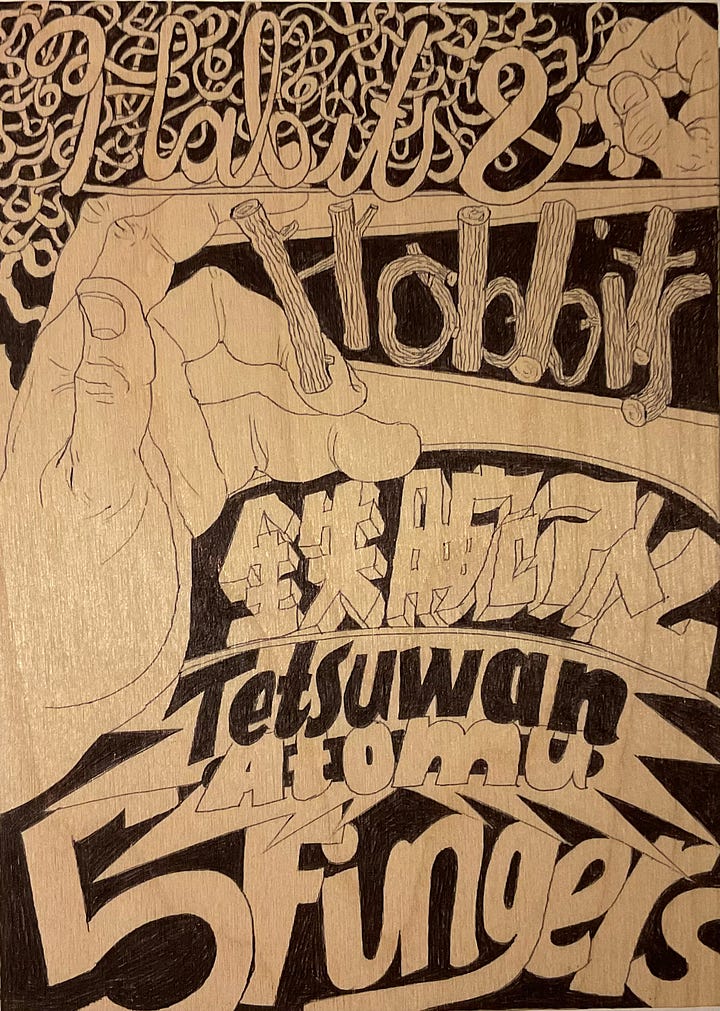
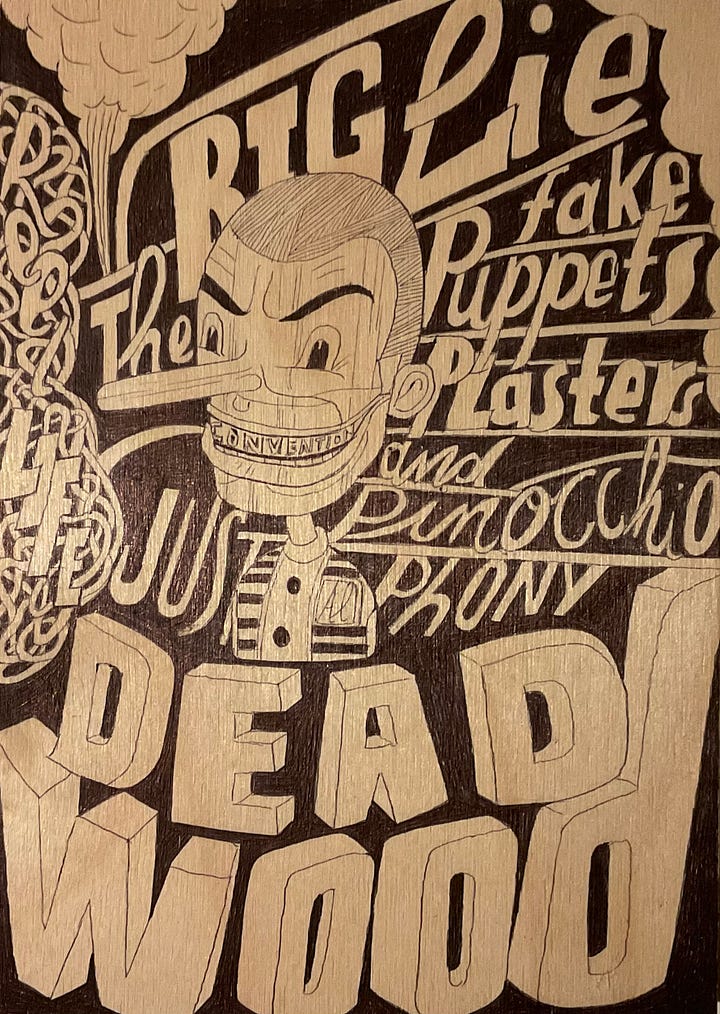
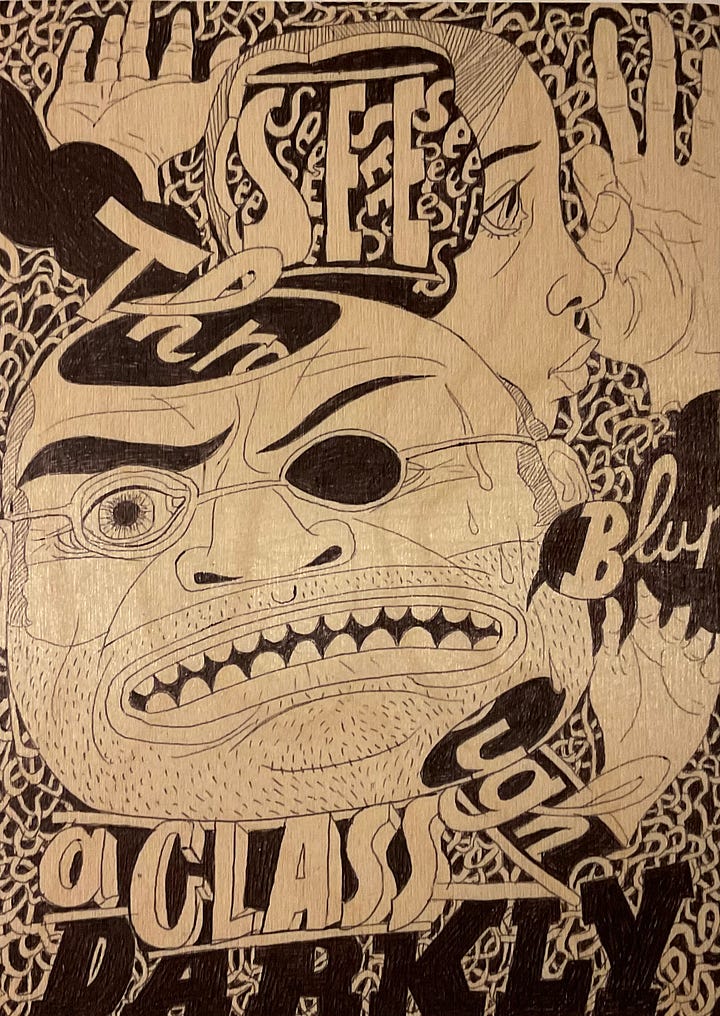
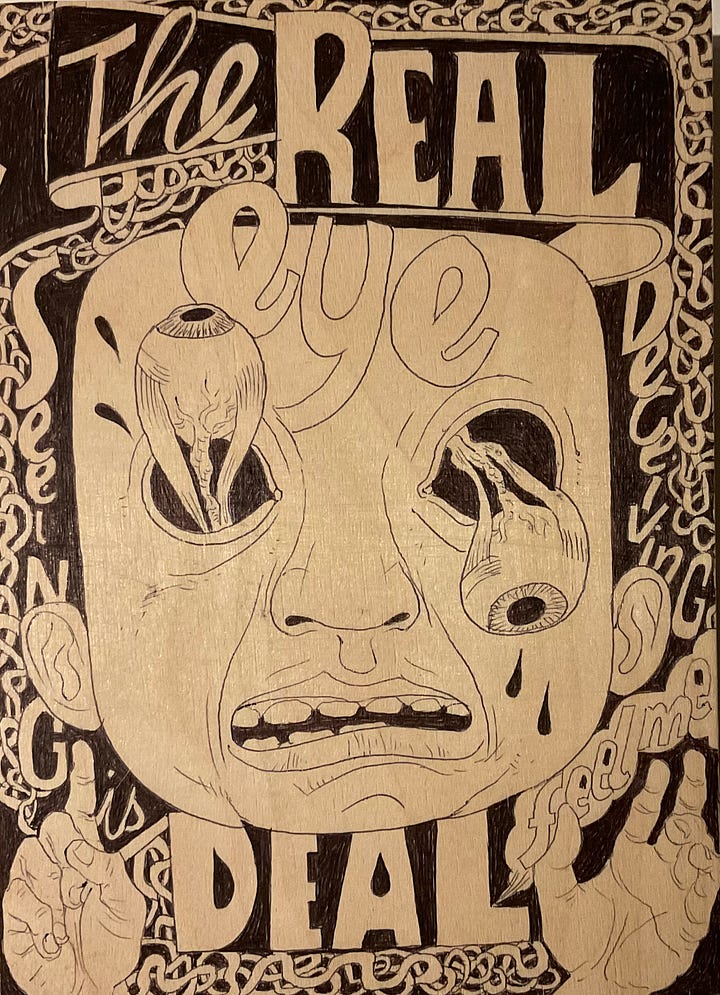
I was in conversation this week with the book illustrator and author Jon Klassen. We were talking about the practice of drawing and he mentioned Cormac McCarthy’s theory on the visual and the written.
This led me to a piece in Nautilus magazine that McCarthy wrote Link here, The Kekulé Problem. In a foreword to the article David Krakauer describes the conversations he and McCarthy have had about language and the unconscious, “the very recent and “uniquely” human capability of near infinite expressive power arising through a combinatorial grammar is built on the foundations of a far more ancient animal brain. How have these two evolutionary systems become reconciled?” he goes on to express how McCarthy sees this tension, as, “the deep suspicion, perhaps even contempt, that the primeval unconscious feels toward the upstart, conscious language.”
Theory about consciousness lead to ideas and metaphors about our brain and that is where our fictions take a dark turn. The idea of the lizard brain, the primitive brain that harbours the emotional and instinctual and is regulated by the more evolved neocortex is one of the more pervasive bad ideas about the blob in our head. Picture an evolutionary layer cake, but our brains are not sedimentary layers, with more evolved layers added over the arc of evolution. See— How Emotions are Made : The Secret Life of the Brain, by Lisa Feldman Barrett.
Why do I care if biologists and psychologists are in a cage match over the nature/nurture argument of the brain? Knotted into the metaphors we choose is the implications for the value we give to the products of human thinking and activity. In the pecking order of subjects taught in school, art and especially drawing is deemed best suited for distraction and entertainment.
But if our nighttime sleep can be rich with visual metaphor and coiled and uncoiled ideas, why must our waking world be so bereft of images that engage and empower our being in the world. We don’t teach or learn about this sea of imagery we sail upon within our unconscious and we ignore the incredible gift of our senses and our bodies to construct and to connect our waking and dreaming visual selves. Drawing is a practice naturally fitted to link our cognitive and physical divides, and it was not a reptilian brain that made images 45,000 years ago in Indonesia. The unbroken chain of images made by hand that defined our cultural progress should inform our teaching and learning as our first language.




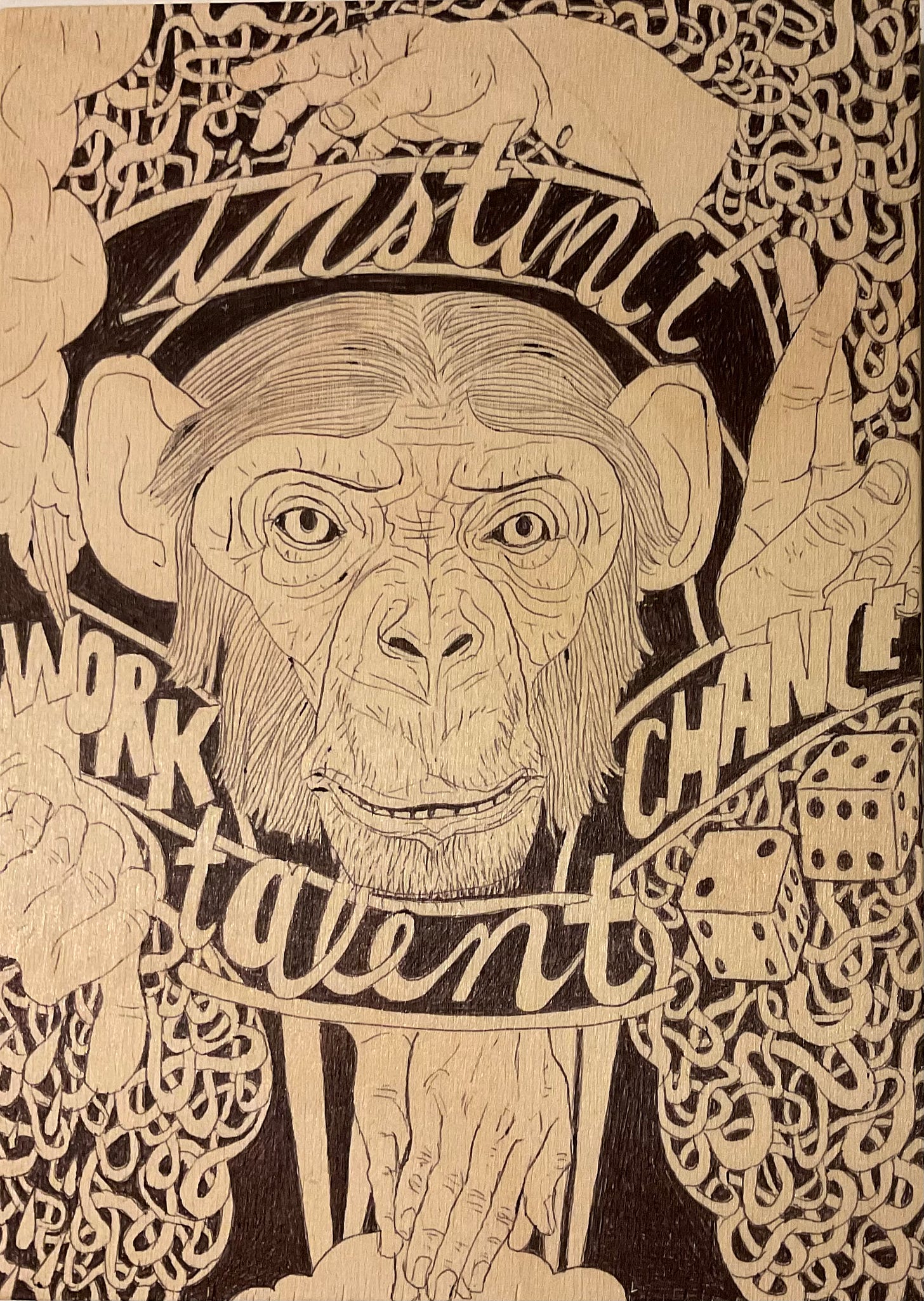


Joe, these drawings are sublime. Talk about how you make them. Do you see these in your mind and trace your imagination...or does the initiation of the drawing unlock the imagery of your mind? It’s only fair to recognize that you have mad drawing skills that leapfrog the barrier of portraying a fleeting idea or image.